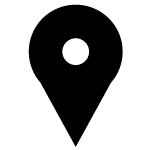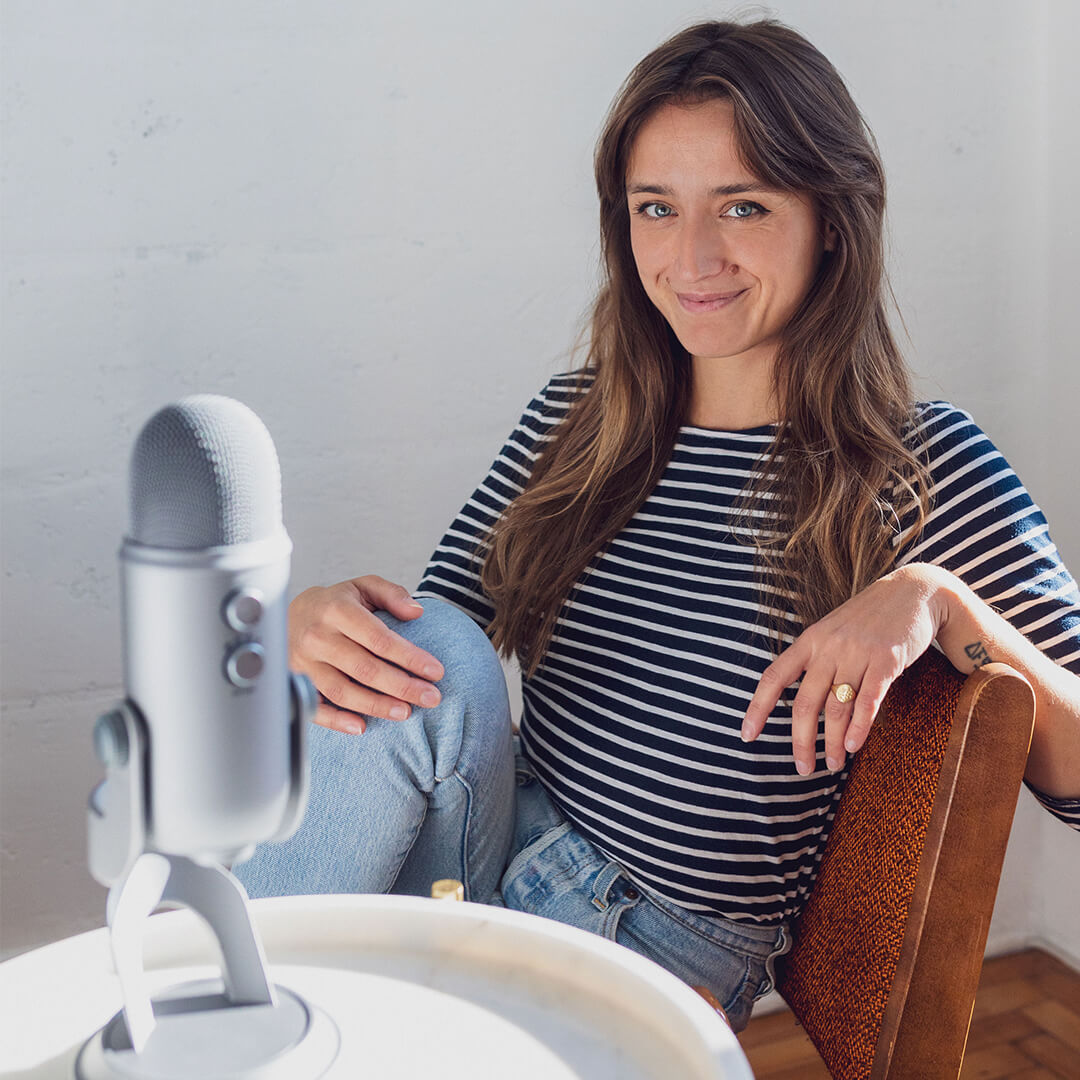Bota Bota
James Stapleton, on the art of perspective

James Stapleton, director, and photographer shot the images and ads for the latest Bota Bota campaign. A brand-new concept called for someone with a vision and a certain sensibility for details which James proved to have straight off the bat.
Hi James, thank you for taking the time to chat! After having worked with you on this brand-new campaign for a while, I thought it was time we’d get to know a bit about the man behind the camera. Let’s start at the beginning, can you tell us a bit about who you are, your upbringing?
My upbringing was scattered, coming from a military family. I spent my entire childhood, basically until the age of 16, moving country, school, everything that I knew every two to two and a half years. It would happen quite rapidly, sometimes only being in a place six or eight months.
When I look back on it, I can say it was positive in many ways, but I think also negative in some ways as well. You don’t ever grow any roots anywhere; so now, most people have somewhere they can call home, or somewhere that they could go back to or would like to go back to visit family or what not, I don’t have that. When I think of family, it’s me, my two brothers, my dad, my mom, and that’s it. My family is super small, which is funny in contrast to my partner’s family that’s ginormous.
I did get exposure to different cultures, lots of different cities, ways of being and that was interesting. In this kind of life, you also tend to take on a more observational role, I think because you arrive in a new place you don’t know anyone, so you listen a lot more, you watch a lot more until you make friends, and you feel comfortable in your new environment. I don’t know if that had a part to play in reflecting and thinking about things from a removed distance. And I do sometimes wonder in what way that influenced me as a filmmaker and photographer.
Can you tell us about how you got into photography and filmmaking?
My journey into photography and filmmaking is quite unconventional because I studied mechanical engineering, so I had a totally different career path charted out. But ultimately, I didn’t want to pursue that kind of work. So, I kept on cycling through lines of work until I finally stumbled upon this. I set up a small business with my brother when I was young and in order to have it up and running, we had to take photos and the cameras that we had at the time also shot pretty good videos so, that’s something that opened me to that world, and I immediately got hooked. There was something about filming something and then watching it back that was incredibly fascinating for me.
It was a hobby for a long time. But then, I reached a point where I made enough money from it that I could make the switch. Photography wasn’t necessarily a strong interest of mine to begin with, I used it to scout film locations, for my previsualization work on projects. What works in photography won’t necessarily work in video just because photography can be examined in every detail whereas video is much more layered; the video, the music, the sound effects, the dialogue… and its very fleeting, you’re passing through moments constantly, it’s like a stream of life. In comparison to film they are on completely different levels. I almost feel like photography stimulates the rational part of the mind and filmmaking the emotional with its very effective simulation of life and real events.
Is there a specific moment or time at the beginning of your career that you recall as being an important landmark in your journey?
After I graduated university, I went to Japan and spent a year there, teaching English as a second language. That was very interesting because their view of aesthetics is quite different, and I was very captivated by how they conduct life. They put a lot of meaning into the most “mundane” activities. There’s a lot of time and care that goes into the simplest task which I think actually parallels filmmaking: you’re taking something which on the surface might be meaningless in a way and you’re trying to make it a little bit more sacred. I think Japan influenced me quite a lot, even though I was only there for a year.
When I came back, a couple of years later, I picked up a camera. I was late to the game, because a lot of people had gone to film school when they were 17. It took me a while to realize, people’s timelines are very different. You shouldn’t try to necessarily chase something, because you would be chasing it for the wrong reasons. But when you’re younger you don’t have that kind of confidence. You worry, you feel inadequate…
There was always an artistic interest of mine, it was just kind of drummed out of me by the time I left school. When I realised job after job that I had really no interest in many of the different fields I was trying to work in, I think that slowly the artistic need came back. You don’t find any meaning or significance in a lot of work, or I didn’t anyway, I struggled to. With art or self-expression, you define what you’re saying or what you’re doing whereas, in a job that’s often being defined for you.
What I didn’t realize at the start is that you have to work with a lot of people, and I was quite a solitary person at first (laughs). So that helped me kind of climb out of whatever shell I was in to begin with. It’s always for the better.
Do you consider yourself an introvert?
I was, but I’ve changed a bit. I do like to reflect, to spend time reading, so I suppose I am in nature a little introverted. Spending too much time with people can certainly deplete my energy. I need the regular time to myself to find an equilibrium. Introverts tend to become very obsessive over something, so what’s nice about my line of work is that have people with whom to share an obsession. Plus a bit of madness is always a necessary ingredient in any creative endeavor.
Speaking of madness… our campaign! A madness of an idea. How did you get in touch with Bota Bota in the first place?
My first time in Montreal was in 2017, I visited with my partner, and we went to Bota Bota, so I had an early experience, and I found the location very unique. It’s interesting to be in that proximity to the city but be on the water. To sort of be enveloped by a view, to have all the distractions cut out, like no noise of the city, any of that. Even though it was a short experience, I remember really enjoying it. It was a nice experience and a nice reminder of those things. It’s actually those moments that I strive to recreate in film as well. Moments where you linger on something, you sort of celebrate a particular moment, location and all its details: the texture, the lines, the space…
I had previously done work with a couple of spas before. I loved thinking of the processes of creating films for and in these environments, I find them very interesting.
For Bota Bota, I felt that it also had this unique quality in relation to the experience, but it was more to do with how the environment made you feel, in sitting relative to the city.
It’s always interesting as a filmmaker, once you’ve done a film in one domain to tackle it again because that can often be the tricky thing, how do I do it in a different way.
In my work I try to work with people that might have the same sensibility generally. I reached out and it was fortuitous that it landed with you at a time where you were considering a photographer and director for the campaign. I have to say, I can count on a couple of fingers how many times it successfully happens; to contact someone and it works. Often, they may show interest, but you might not hear from them ever again or two years down the line. So timing was great.
How did the concept come about?
By the time I reached out a concept had already been defined with your creative agency Dada. It’s great to have more of a creative expertise in building a concept, whether it’s the script or something that really works for the brand. It’s always great to be able to work with creatives from agencies. It’s something that I only started doing maybe three years ago. It unlocks a new level for a project.
How did you tackle the photo portion of the campaign?
To be honest when I first read the concept, I knew from a photographic perspective it would be tricky. Because you are essentially, through the concept, creating constraints – and constraints are typically good when having to develop a creative solution for something, but in this particular case the constraints necessitated creating imagery that gave a false sense of perspective – i.e. tricking the viewer into making up feel like down and vice versa. Often what you’re trying to do when taking photos is to leave some room for freedom, to explore, explore extreme close ups, and explore what isn’t planned. It was a challenge, but I liked it at the same time because it wasn’t something I would’ve necessarily tackled independently. It was giving me a chance to do something that was slightly different, and I thought it could be very interesting.
How did you take the photographic campaign and bring it to film?
The photos defined the concept and then the video was molded loosely on the photographic concept. Because the photographic concept is easier to conceptualize, it always a bit more complicated for a video. It’s more difficult to present anything that resembles anything like what the finished film will look like at an early stage, so everyone’s in the dark. And that’s always the challenge with filmmaking, how do you adequately put an idea into someone else’s head. In my mind I’m like that’s such a great idea, but no one else can see it.
To flip a stills camera is very easy. Flip, invert, turn and move a film camera is much more complicated. It requires a much bigger team and is incredibly slow as soon as you start to do that. Just by virtue of doing those things it slows your day down. I think given the time that we had, we achieved a lot in those two days. And obviously the boat is narrow, small and hard to get up and down with all the equipment. I don’t know, did you see the number of sweaty faces on set that day? (laughs) That was the measure of it all.
Are you happy with the final results?
Yes, I’m very pleased with the imagery that we produced with the film. It captures a very interesting mood which often is all you need. This new campaign is grounded in something a little bit more real, compared to the previous one which was made up of illustrations.
With each project there is a new thing that you can learn and get perspective on.
To find out more and see the different versions of the campaign, click here.






